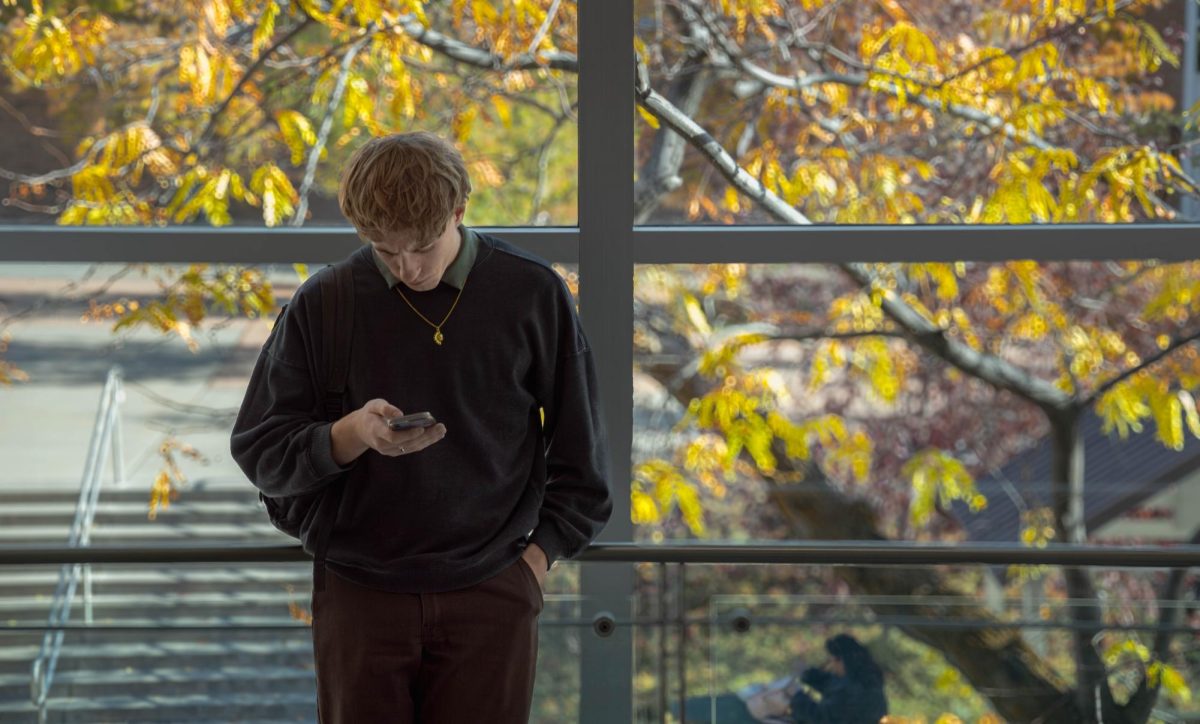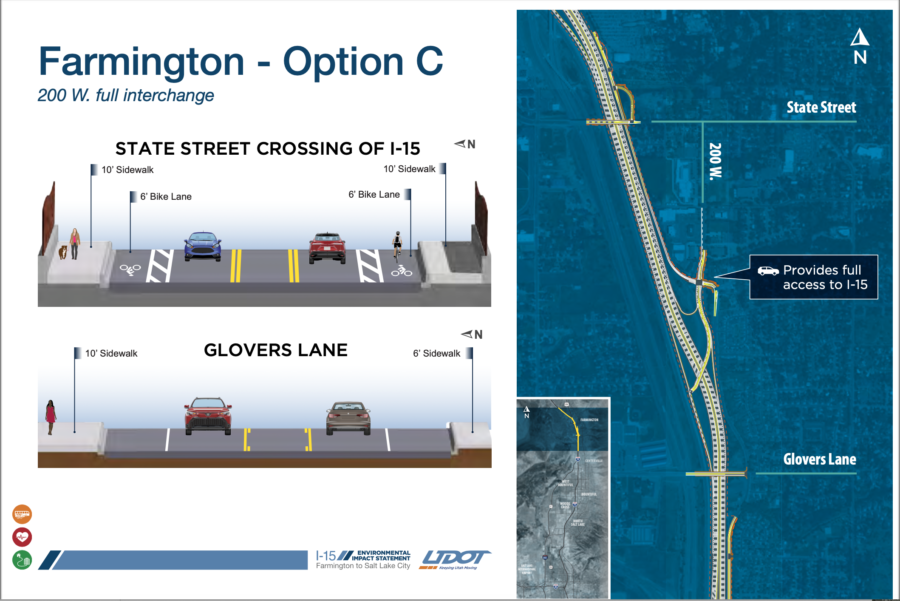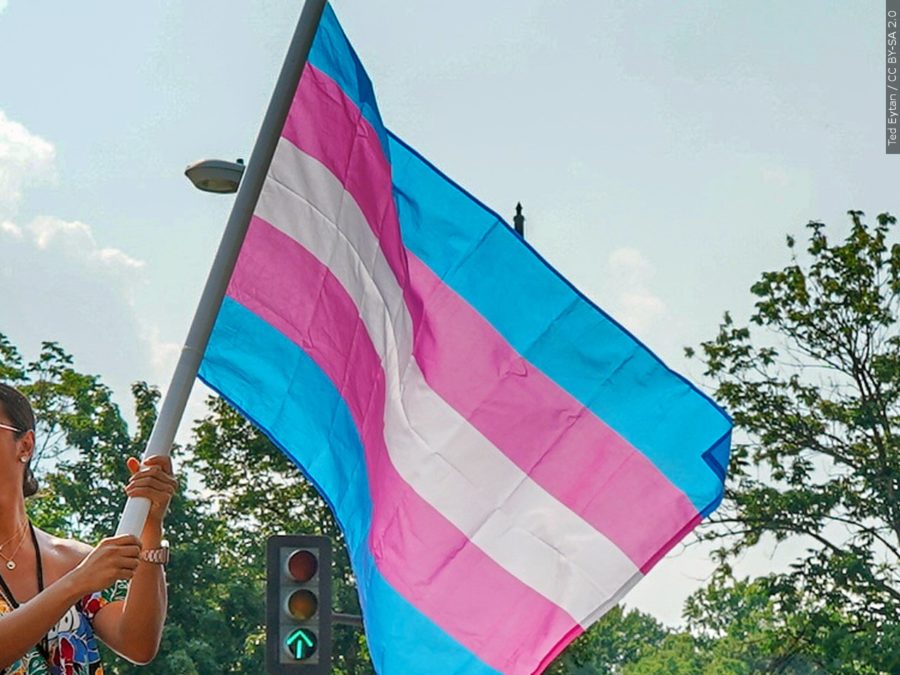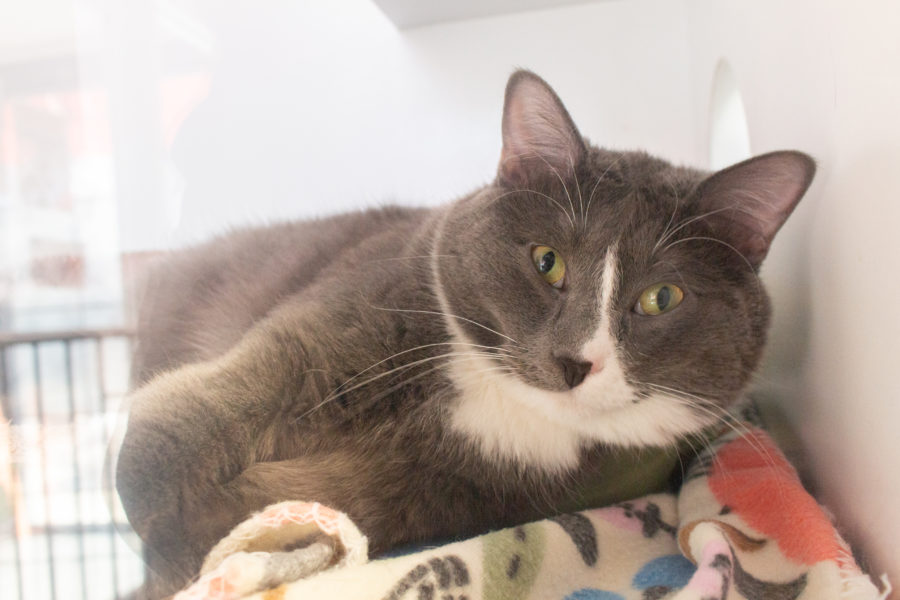
It’s a well known fact that college can sometimes break the bank.
Many who go to college end up with hundreds of thousands of dollars in debt because of their secondary education. College students are paying for many different resources on campus, and Weber State is no exception.
Next month, there will be a proposal for a second tier tuition increase–the tier that comes from students at each campus, not the Legislature.
The cost of tuition can be broken down into different categories: student fees, course fees, support fees and others. A second tier tuition increase would go towards these categories. According to the Utah System of Higher Education, or USHE, “second tier tuition is essential for the institutions in addressing their individual and unique priorities.”
USHE also said the implementation of this increase requires public notice along with hearings at an institutional level. The increase to be proposed at Weber will be 1 to 3 percent, which means about $22 to $66 per semester.
This extra fee will be paid by full-time resident undergraduate students. Currently, the typical WSU resident undergraduate taking 12 credit hours pays about $2,162.
A hearing on the proposed second-tier tuition increase for 2015-16 will be held March 2 at 12:30 p.m. in the Shepherd Union, Room 404.
Most schools operate on a one-year budget, meaning that the school makes changes on a yearly basis, said Norm Tarbox, vice president of administrative services.
“Every year we look at our sources of revenue,” Tarbox said, adding that the main source of revenue for the university is tax money, a source almost equal to tuition money paid by students.
It is important that when a university grows, its resources do the same. Tuition is raised each year because of ever-growing costs, Tarbox said.
The Board of Regents, a statewide governing board for all public universities and colleges, makes decisions about how fast tuition goes up across the state. For second tier tuition increases, they tell the schools where this money needs to go.
While the increases are set by the Board of Regents, the university has the ability to argue the decision as long as there is a public hearing letting students know what will be increasing, Tarbox said.
Aside from student government, few students come to these hearings, even though it’s a great way for students to give their opinion. Tarbox said students shouldn’t believe the school is out to get them by raising tuition.
“Weber State’s tuition is lower than any public university in the state of Utah,” Tarbox said. “We’ve made a conscious decision to keep tuition low.”
WSU Student body President Joe Favero said he thinks students should come to hearings like this.
“It’s a wonderful opportunity for students to give feedback and to also become more informed about what’s going on,” he said.
According to Weber State President Chuck Wight, it’s difficult to predict whether or not there will be a second tier tuition increase until the legislative session ends. Between the Board of Regents and the legislative session, a decision is made about whether there will be a second tier tuition increase.
Each year there is a first tier increase, which is implemented statewide at the same time. President Wight has tried to make certain that there isn’t a second tier increase on top of a first tier increase each year.
“One of the five priorities that I set out for my presidency is to keep college affordable,” Wight said. “I’m committed to doing that the best I can.”













